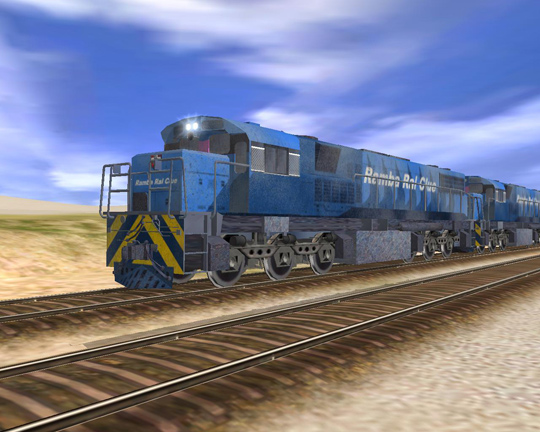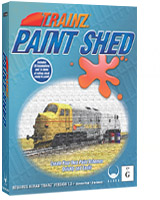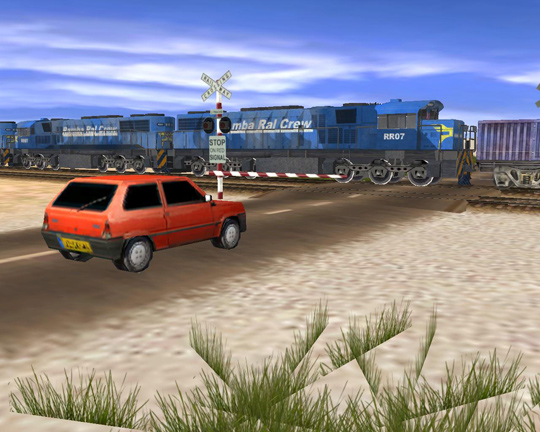
This example will use the GP38 (kuid:439337:100728) from msgsapper. Start by selecting your undecorated loco and creating a project folder. As demonstrated below, PEV’s Mesh Viewer makes it really easy to see the changes, almost as you make them. Other mesh viewers could be used, but I would not recommend RailYard as it takes too long to load. This process also uses PEV’s mesh viewer available here: Net, but the functions used are fairly basic and have not changed much over the different versions. This description refers to version 3.5 of Paint.


(all the Paint.Net documentation is online – you should be connected to the ‘net when using Paint.Net.) It’s worth reading if you haven’t previously used a graphics program that works with layers. Of course, the facilities still exist to add additional detail or to alter any existing detail if you want. But, most importantly, by following the procedure described here (or something similar, if you want to experiment) the detail that is already part of these undecorated locomotives is preserved in the new skin – there is no need to re-add the detail of weathering or panels or rivets and joins. By keeping groups of changes together on one layer, further adjustments can be implemented by changing the painting on that layer, or by changing the layer properties. By using layers the original artwork in unchanged, as all changes are applied in their own layers. Net that makes it particularly suitable for this procedure (apart from the fact that it is free!) is the use of layers. This description refers to the Windows version. Net runs under Windows, but apparently can be made to run in an emulator on other platforms. The procedure that is described here uses a plugin for the last example only – this example could be done in other ways that do not require plugins. Plugins are available that extend the functionality of Paint. Net is a public-domain graphics manipulation program that is available here: It is also applicable to most assets used in T:aNE however if the asset has been created using the FBX exporter the way the images work might not correspond to the description provided here. The description is targeted at Trainz version TS12, but it should be applicable to Trainz versions back to 2009.

It is particularly suitable for undecorated locomotives because, once the project is set up, changes to colors or textures or logos are particularly easy, if this procedure is followed. The description applies to undecorated locomotives, but it can be adapted to any asset. This document provides a workflow and description for using Paint.Net to reskin locomotives in Trainz. Using Paint.Net to reskin Trainz Locomotives November 2012 1 Using Paint.Net to reskin Trainz Locomotives.


 0 kommentar(er)
0 kommentar(er)
